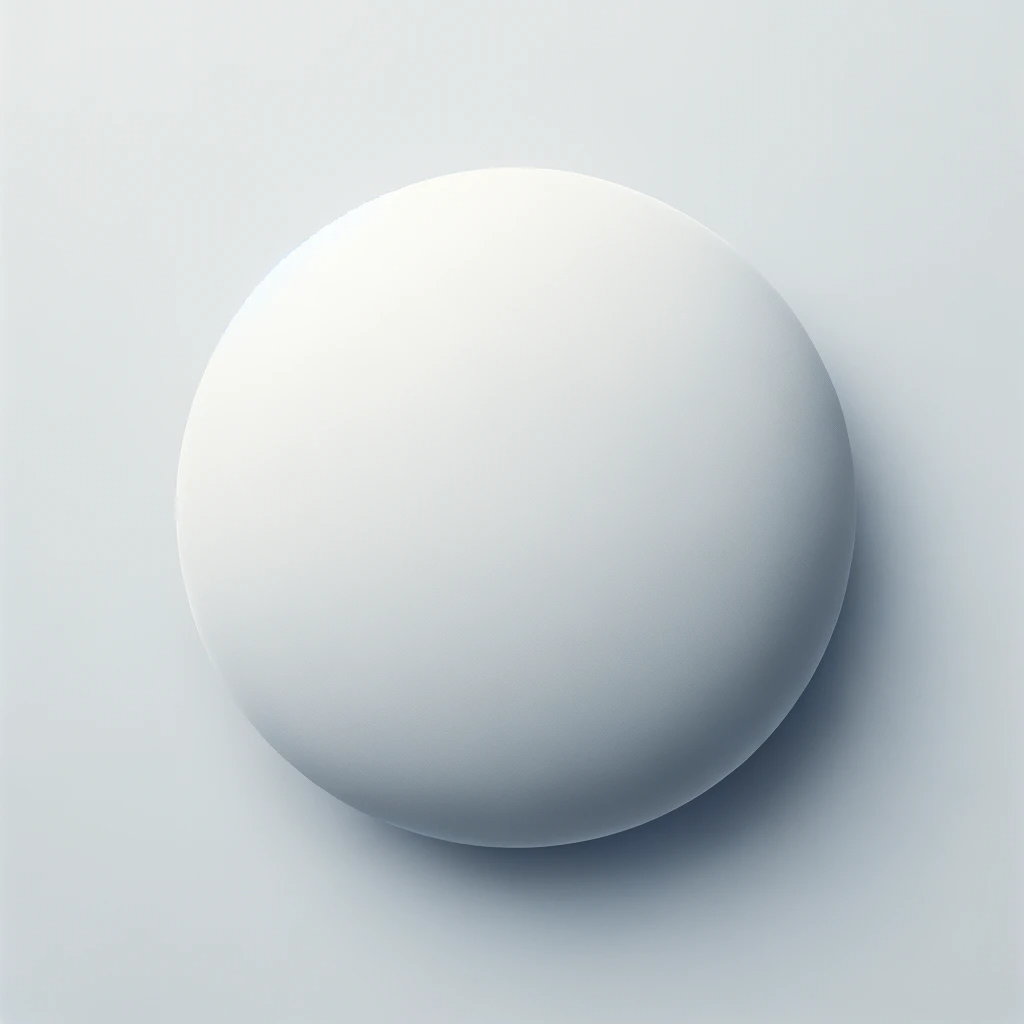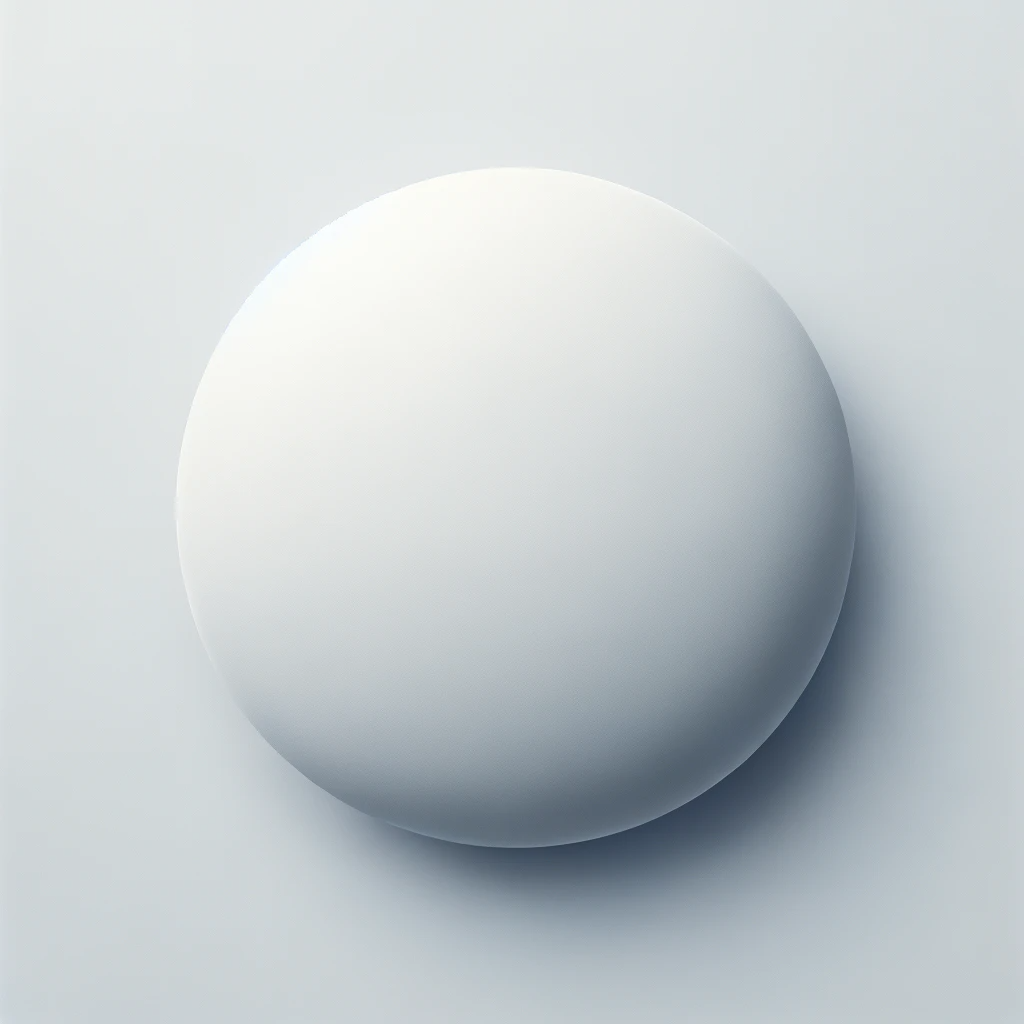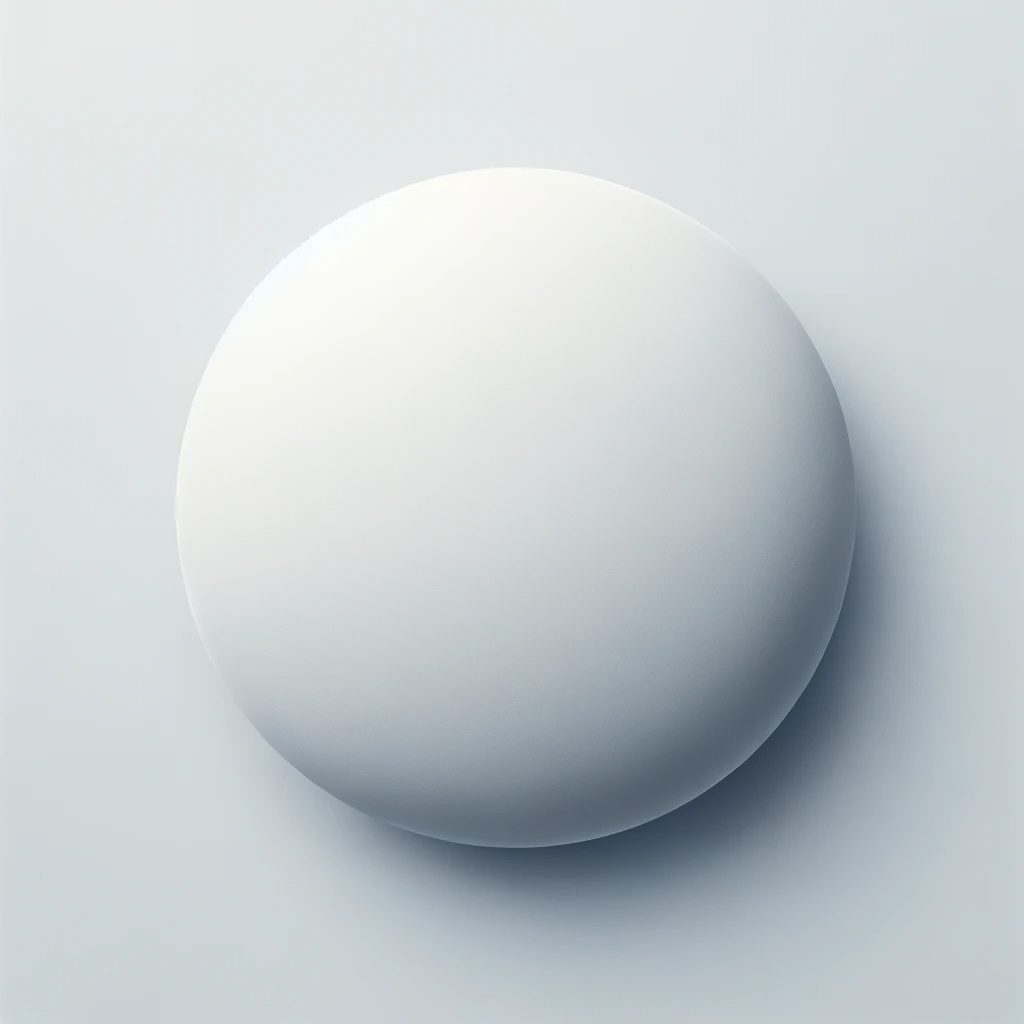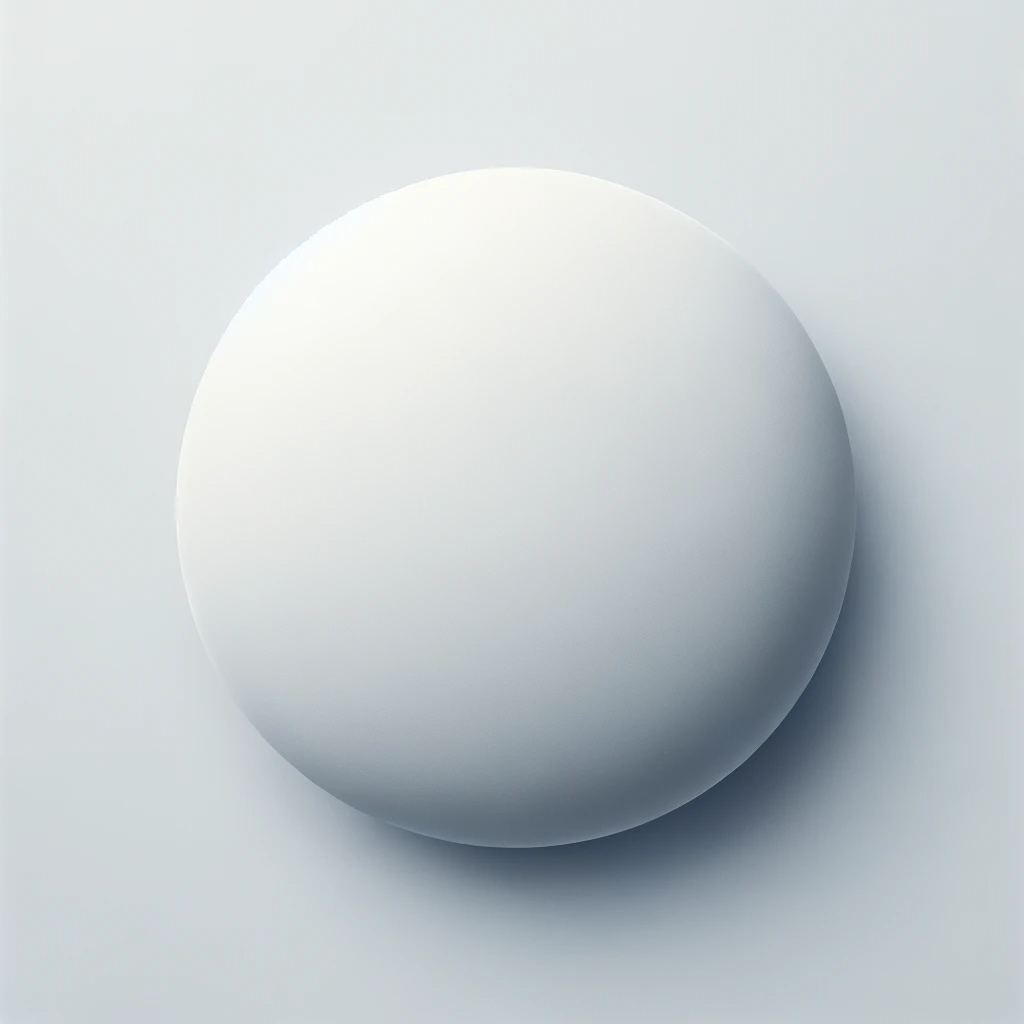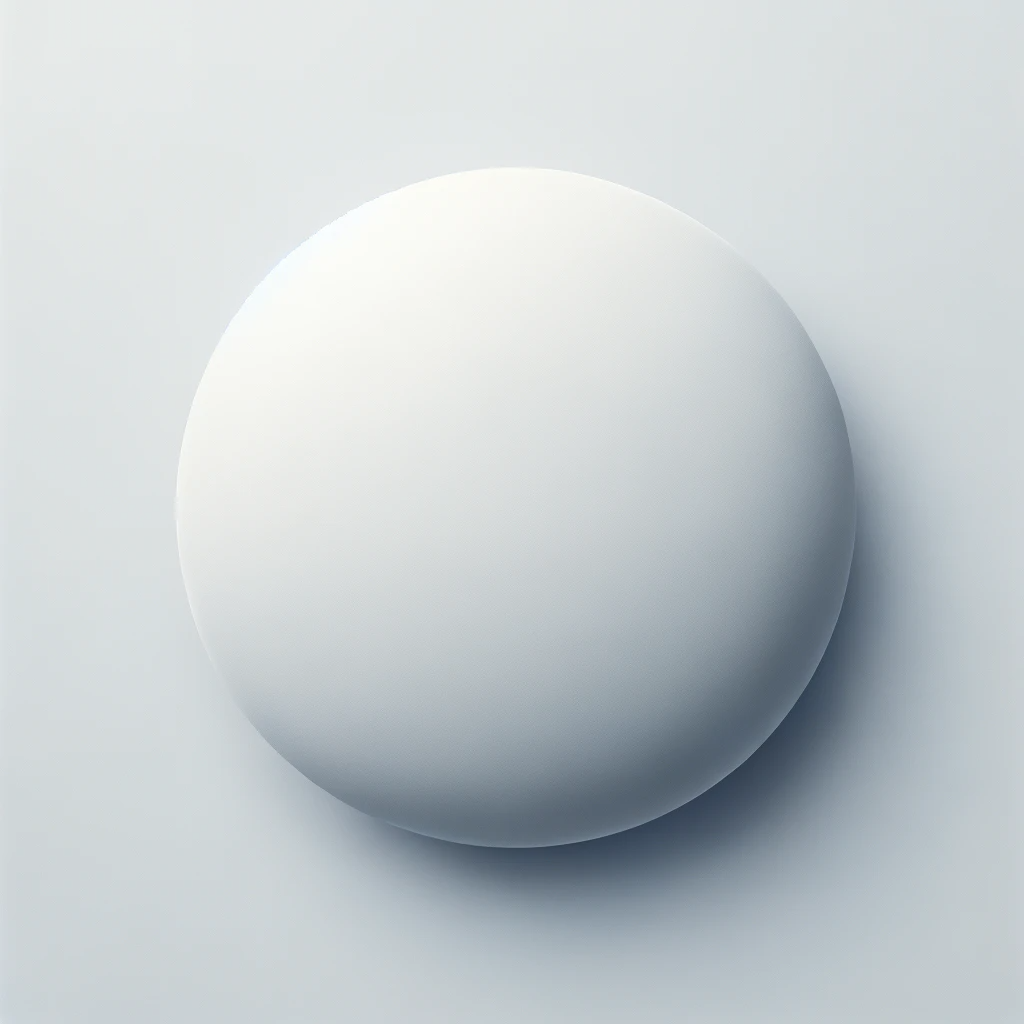How To Astropy interpolate pixel: 9 Strategies That Work
Interpolation [4]. The Nearest Neighbour resampling method, which results in minimal loss ... 30 classes according to pixel values. Subsequently, these 30 classes would be recoded to fit into 5 ...Sep 23, 2013 · 13. Basically, I think that the fastest way to deal with hot pixels is just to use a size=2 median filter. Then, poof, your hot pixels are gone and you also kill all sorts of other high-frequency sensor noise from your camera. If you really want to remove ONLY the hot pixels, then substituting you can subtract the median filter from the ... I am tying to get the physical sky coordinates of a given pixel from within a python script. I would like to use astropy's WCS, but I'll do anything from within python. I have tried these two snip... The problem is that you have a …Sep 11, 2023 · This returns the longitude and latitude of points along the edge of each HEALPIX pixel. The number of points returned for each pixel is 4 * step , so setting step to 1 returns just the corners. Parameters: healpix_index ndarray. 1-D array of HEALPix pixels. stepint. The number of steps to take along each edge. The astropy.cosmology sub-package contains classes for representing cosmologies and utility functions for calculating commonly used quantities that depend on a cosmological model. This includes distances, ages, and lookback times corresponding to a measured redshift or the transverse separation corresponding to a measured angular separation.In the digital age, access to historical information has become easier than ever before. Gone are the days of physically flipping through dusty old newspaper archives in libraries. The New York Times has been at the forefront of embracing t...Getting started¶. The cleanest way to use the functionality in healpix is to make use of the high-level HEALPix class. The HEALPix class should be initialized with the nside parameter which controls the resolution of the pixellization - it is the number of pixels on the side of each of the 12 top-level HEALPix pixels: >>> from astropy_healpix import …mode {‘center’, ‘linear_interp’, ‘oversample’, ‘integrate’}, optional One of the following discretization modes: ‘center’ (default) Discretize model by taking the value at the center of the bin. ‘linear_interp’ Discretize model by performing a bilinear interpolation between the values at the corners of the bin ...Source code for specutils.analysis.flux. [docs] def line_flux(spectrum, regions=None, mask_interpolation=LinearInterpolatedResampler): """ Computes the integrated flux in a spectrum or region of a spectrum. Applies to the whole spectrum by default, but can be limited to a specific feature (like a spectral line) if a region is given.astropy.convolution.interpolate_replace_nans(array, kernel, convolve=<function convolve>, **kwargs) [source] ¶. Given a data set containing NaNs, …Run astropy’s sigma clipper along the spectral axis, converting all bad (excluded) values to NaN. Parameters: threshold float. The sigma parameter in astropy.stats.sigma_clip, which refers to the number of sigma above which to cut. verbose int. Verbosity level to pass to joblib. Other Parameters: parallel bool. Use joblib to parallelize the ...Here we convert the pixel scale from cm to degree by dividing the distance to the object. In [6]: ... # let's take a look again: plt. imshow (lorentzian_psf. value, interpolation = 'none') ... Here we use astropy.convolution.convolve_fft to convolve image. This routine uses fourier transform for faster calculation.In Python's astropy, how can I check that a function's argument not only has the correct unit, but has a unit at all? I'm familiar with is_equivalent(), so to check that M has units of mass, I can say assert M.unit.is_equivalent(u.g) which returns True if, say, . But if ...This can be useful if you want to interpolate onto a coarser grid but maintain Nyquist sampling. You can then use the spectral_interpolate method to regrid your smoothed spectrum onto a new grid. Say, for example, you have a cube with 0.5 km/s resolution, but you want to resample it onto a 2 km/s grid.Call signature: contour( [X, Y,] Z, [levels], **kwargs) Copy to clipboard. contour and contourf draw contour lines and filled contours, respectively. Except as noted, function signatures and return values are the same for both versions. Parameters: X, Yarray-like, optional. The coordinates of the values in Z.Astro-Fix: Correcting Astronomical Bad Pixels in Python. Authors: Hengyue Zhang, Timothy D. Brandt. Description. astrofix is an astronomical image correction algorithm based on Gaussian Process Regression. It trains itself to apply the optimal interpolation kernel for each image, performing multiple times better than median replacement and ... Using the Astropy library, I created a FITS image which is made by interpolation from 2 actual FITS images (they are scaled as "int16", the right format for the software I use : Maxim DL). But the scale of this image is float64 and not int16. And any astronomical processing software can't read it (except FITS Liberator)I intend to fit a 2D Gaussian function to images showing a laser beam to get its parameters like FWHM and position. So far I tried to understand how to define a 2D Gaussian function in Python and h... curve_fit() wants to the dimension of xdata to be (2,n*m) and not (2,n,m). ...mode='subpixels': the overlap is determined by sub-sampling the pixel using a grid of sub-pixels. The number of sub-pixels to use in this mode should be given using the subpixels argument. The mask data values will be between 0 and 1 for partial-pixel overlap. Here are what the region masks produced by different modes look like:This example loads a FITS file (supplied on the command line) and uses the FITS keywords in its primary header to create a WCS and transform. # Load the WCS information from a fits header, and use it # to convert pixel coordinates to world coordinates. import sys import numpy as np from astropy import wcs from astropy.io import fits def …14 Apr 2018 ... ... astropy.io.fits as pyfits import skimage.morphology as morph import ... Signal at each pixel for the same irradiance/pixel -- the "flat" field ...Sep 7, 2023 · Using astropy ’s Convolution to Replace Bad Data¶ astropy ’s convolution methods can be used to replace bad data with values interpolated from their neighbors. Kernel-based interpolation is useful for handling images with a few bad pixels or for interpolating sparsely sampled images. The interpolation tool is implemented and used as: 3.2.6. Summary. A dark frame only measures dark current if the expected dark counts exceed the read noise of the camera by a factor of a few. Take multiple dark frames and combine them to reduce the noise level in the combined image as much as possible. Most pixels in a CCD have very low dark current.astropy.convolution.convolve(array, kernel, boundary='fill', fill_value=0.0, nan_treatment='interpolate', normalize_kernel=True, mask=None, preserve_nan=False, normalization_zero_tol=1e-08) [source] ¶. Convolve an array with a kernel. This routine differs from scipy.ndimage.convolve because it includes a special treatment for NaN values.from astropy.convolution import Gaussian2DKernel, interpolate_replace_nans # Select a random set of pixels that were affected by some sort of artifact # and replaced with NaNs (e.g., cosmic-ray-affected pixels) rng = np. random. default_rng (42) ...mode {‘center’, ‘linear_interp’, ‘oversample’, ‘integrate’}, optional One of the following discretization modes: ‘center’ (default) Discretize model by taking the value at the center of the bin. ‘linear_interp’ Discretize model by performing a bilinear interpolation between the values at the corners of the bin ...Let’s extract the 25 x 25 pixel cutouts of our selected stars: >>>. >>> from photutils.psf import extract_stars >>> stars = extract_stars(nddata, stars_tbl, size=25) The function returns a EPSFStars object containing the cutouts of our selected stars. The function extracted 403 stars, from which we’ll build our ePSF.Sep 7, 2023 · Using astropy ’s Convolution to Replace Bad Data¶ astropy ’s convolution methods can be used to replace bad data with values interpolated from their neighbors. Kernel-based interpolation is useful for handling images with a few bad pixels or for interpolating sparsely sampled images. The interpolation tool is implemented and used as: The following methods are available: 'center' : A pixel is considered to be entirely in or out of the region depending on whether its center is in or out of the region. The returned mask will contain values only of 0 (out) and 1 (in). 'exact' (default): The exact fractional overlap of the region and each pixel is calculated.Introduction ¶. astropy.wcs contains utilities for managing World Coordinate System (WCS) transformations in FITS files. These transformations map the pixel locations in an image to their real-world units, such as their position on the sky sphere. These transformations can work both forward (from pixel to sky) and backward (from sky …TrapezoidDisk2DKernel¶. class astropy.convolution. ... imshow(trapezoid_2D_kernel, interpolation='none', origin='lower') plt.xlabel('x [pixels]') plt.pixel_to_skycoord. ¶. Convert a set of pixel coordinates into a SkyCoord coordinate. The coordinates to convert. The WCS transformation to use. Whether to return 0 or 1-based pixel coordinates. Whether to do the transformation including distortions ( …2 Answers Sorted by: 2 I'm not familiar with the format of an astropy table, but it looks like it could be represented as a three-dimensional numpy array, with axes for source, band and aperture. If that is the case, you can use, for example, scipy.interpolate.interp1d. Here's a simple example. In [51]: from scipy.interpolate import interp1dI intend to fit a 2D Gaussian function to images showing a laser beam to get its parameters like FWHM and position. So far I tried to understand how to define a 2D Gaussian function in Python and h... curve_fit() wants to the dimension of xdata to be (2,n*m) and not (2,n,m). ...astropy.convolution provides convolution functions and kernels that offer improvements compared to the SciPy scipy.ndimage convolution routines, including: Proper treatment of NaN values (ignoring them during convolution and replacing NaN pixels with interpolated values) Both direct and Fast Fourier Transform (FFT) versionsWorld Coordinate Systems (WCSs) describe the geometric transformations between one set of coordinates and another. A common application is to map the pixels in an image onto the celestial sphere. Another common application is to map pixels to wavelength in a spectrum. astropy.wcs contains utilities for managing World Coordinate System (WCS ...This tutorial shows the basic steps of using SEP to detect objects in an image and perform some basic aperture photometry. Here, we use the fitsio package, just to read the test image, but you can also use astropy.io.fits for this purpose (or any other FITS reader). [1]: import numpy as np import sep. [2]: Run astropy’s sigma clipper along the spectral axis, converting all bad (excluded) values to NaN. Parameters: threshold float. The sigma parameter in astropy.stats.sigma_clip, which refers to the number of sigma above which to cut. verbose int. Verbosity level to pass to joblib. Other Parameters: parallel bool. Use joblib to parallelize the ...Sep 7, 2023 · This example loads a FITS file (supplied on the command line) and uses the FITS keywords in its primary header to create a WCS and transform. # Load the WCS information from a fits header, and use it # to convert pixel coordinates to world coordinates. import sys import numpy as np from astropy import wcs from astropy.io import fits def load ... {"payload":{"allShortcutsEnabled":false,"fileTree":{"docs":{"items":[{"name":"_static","path":"docs/_static","contentType":"directory"},{"name":"dev","path":"docs/dev ...General examples of the astropy.coordinates subpackage. Convert a radial velocity to the Galactic Standard of Rest (GSR) Determining and plotting the altitude/azimuth of a celestial object. …Using the Astropy library, I created a FITS image which is made by interpolation from 2 actual FITS images (they are scaled as "int16", the right format for the software I use : Maxim DL). But the scale of this image is float64 and not int16. And any astronomical processing software can't read it (except FITS Liberator)Sep 7, 2023 · Next we can create a cutout for the single object in this image. We create a cutout centered at position (x, y) = (49.7, 100.1) with a size of (ny, nx) = (41, 51) pixels: >>>. >>> from astropy.nddata import Cutout2D >>> from astropy import units as u >>> position = (49.7, 100.1) >>> size = (41, 51) # pixels >>> cutout = Cutout2D(data, position ... astropy. scipy. matplotlib (optional for plotting) specutils (optional) ... pixel_range (bins, waverange[, mode]) Calculate the number of pixels within the given wavelength range and the given bins. Also imports this C-extension to local namespace: ... Exceptions for interpolation.This tutorial shows the basic steps of using SEP to detect objects in an image and perform some basic aperture photometry. Here, we use the fitsio package, just to read the test image, but you can also use astropy.io.fits for this purpose (or any other FITS reader). [1]: import numpy as np import sep. [2]:Sep 24, 2015 · from_pixel (xp, yp, wcs[, origin, mode]) Create a new SkyCoord from pixel coordinates using an WCS object. guess_from_table (table, **coord_kwargs) A convenience method to create and return a new SkyCoord from the data in an astropy Table. is_equivalent_frame (other) Checks if this object’s frame as the same as that of the other object. scipy.interpolate. ) #. There are several general facilities available in SciPy for interpolation and smoothing for data in 1, 2, and higher dimensions. The choice of a specific interpolation routine depends on the data: whether it is one-dimensional, is given on a structured grid, or is unstructured. One other factor is the desired smoothness ... Map the input array to new coordinates by interpolation. The array of coordinates is used to find, for each point in the output, the corresponding coordinates in the input. ... The input is extended by reflecting about the edge of the last pixel. This mode is also sometimes referred to as half-sample symmetric.That itself wouldn't be a problem if one doesn't normalize the kernel but astropy.convolution.convolve always normalizes the kernel to interpolate over NaN (since astropy 1.3 also masked) values in the array and multiplies the result again by the sum of the original kernel (except you explicitly use normalize_kernel=True).from_pixel (xp, yp, wcs[, origin, mode]) Create a new SkyCoord from pixel coordinates using an WCS object. guess_from_table (table, **coord_kwargs) A convenience method to create and return a new SkyCoord from the data in an astropy Table. is_equivalent_frame (other) Checks if this object’s frame as the same as that of the other object.Image Utilities¶ Overview¶. The astropy.nddata.utils module includes general utility functions for array operations.. 2D Cutout Images¶ Getting Started¶. The Cutout2D class can be used to create a postage stamp cutout image from a 2D array. If an optional WCS object is input to Cutout2D, then the Cutout2D object will contain an updated WCS … You can use the reproject package to interpolate two of tastropy.convolution provides convolution f For anything else just I'd go with the manual bilinear interpolation as it seems consistently faster than the other methods. (OpenCV 2.4.9 - Ubuntu 15.10 Repo - Feb 2016). If you know all 4 your contributing pixels are within the bounds of your matrix, then your can make it basically equivalent in time to Nearest Neighbour - although the difference is …This kernel models the diffraction pattern of a circular aperture. The generated kernel is normalized so that it integrates to 1. Parameters: radius float. The radius of the Airy disk kernel (radius of the first zero). x_size int, optional. Size in x direction of the kernel array. Default = ⌊8*radius + 1⌋. The general pattern for spherical representations is: SkyCoo The polynomial Pₖ is used to interpolate the position for obstimes in the range [ (tₖ₋₁ + tₖ) / 2, (tₖ + tₖ₊₁) / 2 [, where tₖ₋₁, tₖ, and tₖ₊₁ are the timestamps of the SP3 samples k - 1, k and k + 1. We estimate Pₖ with a least-square fit on the sample range [k - w, k + w] ( 2w + 1 samples in total), where w ...DanielAndreasen commented on Nov 10, 2015. Multiply the wavelength with (1+rv/c). Interpolate the flux to the new wavelength vector. There is already a Redshift model in astropy.modeling.functional_models, which is kind of related to this. However, astropy.modeling does not support Quantity yet. Currently, there are also blackbody … astropy.convolution provides convolution fun...
Continue Reading